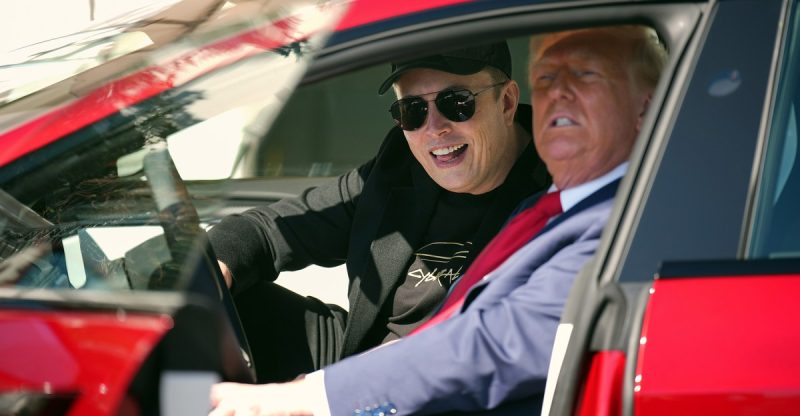
Tesla, a major player in the Level 2 autonomous driving market, will see a significant reduction in the number of crashes it’s required to report to the federal government. This is a direct result of a recent change to a Biden-era rule, implemented under the Trump administration, that alters crash reporting requirements for vehicles with automated driving systems.
The revised rule exempts certain crashes from mandatory reporting. Specifically, crashes involving Level 2 advanced driver-assistance systems (ADAS) that result in a tow-away but cause no injuries, fatalities, airbag deployments, or harm to vulnerable road users (pedestrians or cyclists) no longer need to be reported. This change, according to Transportation Secretary Sean Duffy, aims to ‘slash red tape’ and foster innovation.
This shift disproportionately benefits Tesla. Before the rule change, Tesla accounted for a staggering 86 percent of the nearly 2,400 ADAS-related crashes reported to the National Highway Traffic Safety Administration (NHTSA) since July 2021. An analysis by Advocates for Highway and Auto Safety estimates that approximately 12 percent of Tesla’s reported crashes—around 240 incidents—would fall under the new exemption.
The original intent of the standing general order (SGO) requiring crash reporting was to increase transparency surrounding the safety of these new technologies. Regulators believed more data was crucial to assess whether ADAS systems genuinely enhance road safety or simply offer increased driving convenience. Tesla, with its Autopilot and Full Self-Driving features, faced considerable scrutiny under this previous regime, prompting several NHTSA investigations into its driver-assist technology.
Reports suggest Tesla actively opposed the original crash reporting requirement, voicing concerns about how NHTSA presented the data. Given Elon Musk’s past support for the Trump administration and his current role heading the Department of Government Efficiency, this rule change is not entirely unexpected. The change comes after the Department of Government Efficiency fired approximately 30 NHTSA employees involved in assessing self-driving car safety risks.
While Secretary Duffy stated that safety investigations into Tesla’s advanced driving technology would continue, the reduction in mandatory reporting could potentially lessen the amount of data available to regulators for future safety assessments. This raises questions about the long-term impact on the development and regulation of autonomous driving technologies.










